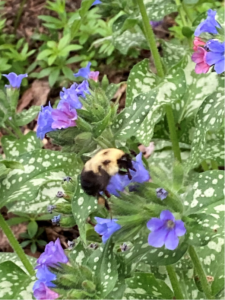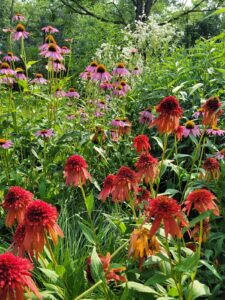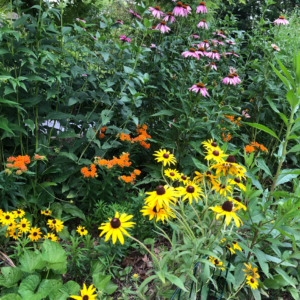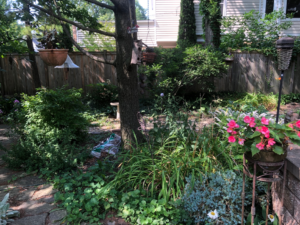In August of 2023 Habitat HP held our first-ever garden tour. We had a wonderful turnout and met lots of neighbors from HP and beyond. Guests enjoyed a beautiful afternoon in the gardens and learned a thing or 2 about pollinator habitat. It was encouraging to talk with so many people who are already incorporating natives into their spaces. Visitors went home inspired to help our town earn National Wildlife Certification as a Community Wildlife Habitat.

If you missed the in-person tour, enjoy the virtual tour below.
What is sustainable gardening? The process of combining organic gardening practices, native plants and resource conservation to create as little negative impact on the earth as possible. It’s easier to implement than you might think, and many of our neighbors are already enjoying the benefits of their efforts. Check out this Lake County Forest Preserves page for more info. If you’d like to join the Habitat HP team email us here.








